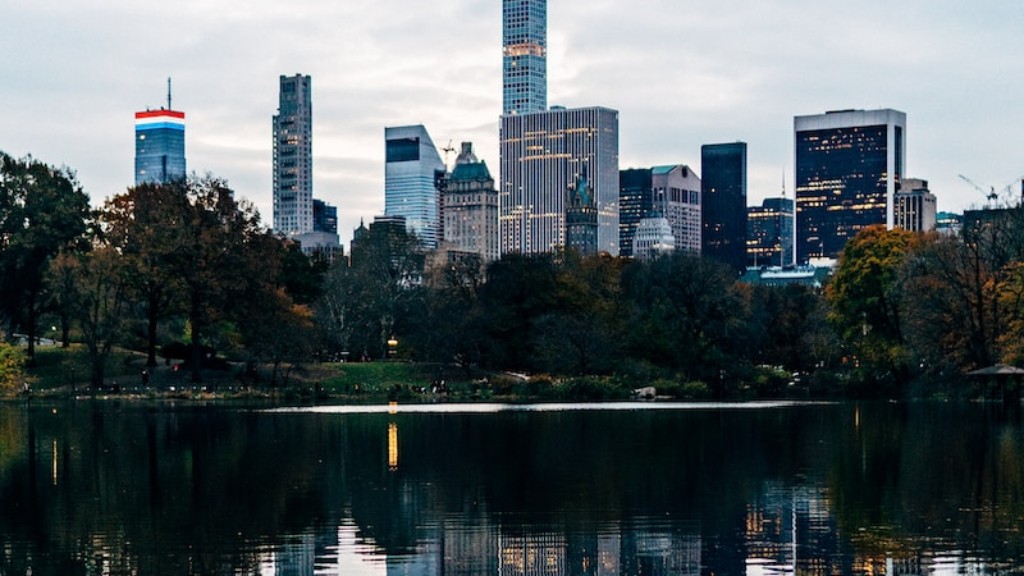Is Yellowstone Park in Montana?
Yellowstone National Park is one of the most iconic and picturesque destinations in the United States. Spanning three states, Wyoming, Montana, and Idaho, it is often perceived to be primarily located in Montana due to its proximity to the state. However, the majority of the park actually lies within the boundaries of Wyoming.
Established in 1872, Yellowstone National Park holds the distinction of being the first national park in the world. With its remarkable geothermal features, including the famous Old Faithful geyser, dramatic canyons, lush forests, and abundant wildlife, it attracts millions of visitors every year.
While Montana encompasses a small portion of the park, it is crucial to note that the park’s headquarters, visitor centers, and major attractions are situated in Wyoming. The park’s famous geyser basins, such as Norris Geyser Basin and Upper Geyser Basin, where Old Faithful is located, are within Wyoming’s borders.
According to experts, Wyoming claims roughly 96% of the park’s land area, compared to Montana’s 3% and Idaho’s 1%. The popular myth of Yellowstone National Park being primarily located in Montana could stem from the fact that the park’s North Entrance, known as the Roosevelt Arch, is situated near the town of Gardiner, Montana. This entrance serves as one of the main access points for visitors traveling from the northern part of the country.
It is important to emphasize that both Wyoming and Montana share the natural beauty and economic benefits generated by the park. However, Wyoming plays a more significant role in hosting the park’s infrastructure and iconic attractions.
Geological Wonders in Yellowstone
Yellowstone National Park is renowned for its spectacular geological features. The park sits on top of an active super-volcano, the Yellowstone Caldera, which has resulted in the creation of unique thermal areas. There are over 10,000 hydrothermal features in Yellowstone, including geysers, hot springs, mudpots, and fumaroles.
Old Faithful, one of the park’s most famous geysers, erupts every 60-110 minutes and is a mesmerizing sight to behold. The intense heat generated by the volcano fuels these geothermal features, providing visitors with an awe-inspiring experience of the Earth’s power.
The Grand Canyon of the Yellowstone River is another stunning geological wonder within the park. Carved over thousands of years, the canyon features vibrant colors and impressive waterfalls, such as the Lower Falls, which cascade down a 308-foot drop.
Yellowstone Lake, stretching over 136 square miles, is not only one of the largest high-elevation lakes in North America but also a remnant of the park’s volcanic history. Its pristine waters and picturesque surroundings offer opportunities for boating, fishing, and relaxation.
Abundant Wildlife
Yellowstone National Park is an extraordinary sanctuary for wildlife, providing habitat for numerous species. It is home to the largest concentration of mammals in the lower 48 states, including grizzly bears, wolves, elk, moose, bison, and pronghorn. The park’s diverse ecosystems support a delicate balance of predator-prey relationships, which contribute to its ecological significance.
The reintroduction of wolves in Yellowstone during the 1990s has had a particularly remarkable impact on the park’s ecosystem. Their presence has helped regulate elk populations and restore vegetation, creating a ripple effect throughout the food chain and increasing biodiversity.
Visitors to Yellowstone often enjoy observing the park’s wildlife in their natural habitat. It is essential for visitors to remember that these animals are wild and should be observed from a safe distance to ensure human and animal safety.
Environmental Challenges and Conservation Efforts
Like many natural treasures, Yellowstone faces various environmental challenges, including climate change, invasive species, and increased visitation. Climate change threatens the delicate balance of the park’s ecosystems, impacting wildlife, vegetation, and the frequency of wildfires.
Invasive species, such as lake trout and non-native plants, disrupt the park’s ecological harmony and pose a threat to native species. Efforts are underway to mitigate these impacts, including the removal of lake trout from Yellowstone Lake and the restoration of native plants.
The rising popularity of Yellowstone also presents challenges in managing visitation sustainably. Increased visitor numbers can put pressure on infrastructure, park resources, and wildlife habitats. Park authorities are working to develop strategies to balance the enjoyment of visitors with the preservation of the park’s natural and cultural resources.
Conclusion
While the perception of Yellowstone National Park being primarily located in Montana is prevalent, the park is primarily situated in Wyoming, with smaller portions in Montana and Idaho. The park’s remarkable geological wonders, abundant wildlife, and ongoing conservation efforts make it a destination of international significance.
Whether you plan to visit Old Faithful’s mesmerizing eruptions, hike through the breathtaking Grand Canyon of the Yellowstone, or observe the park’s incredible wildlife, Yellowstone National Park offers an extraordinary experience that will leave you with memories to last a lifetime.



